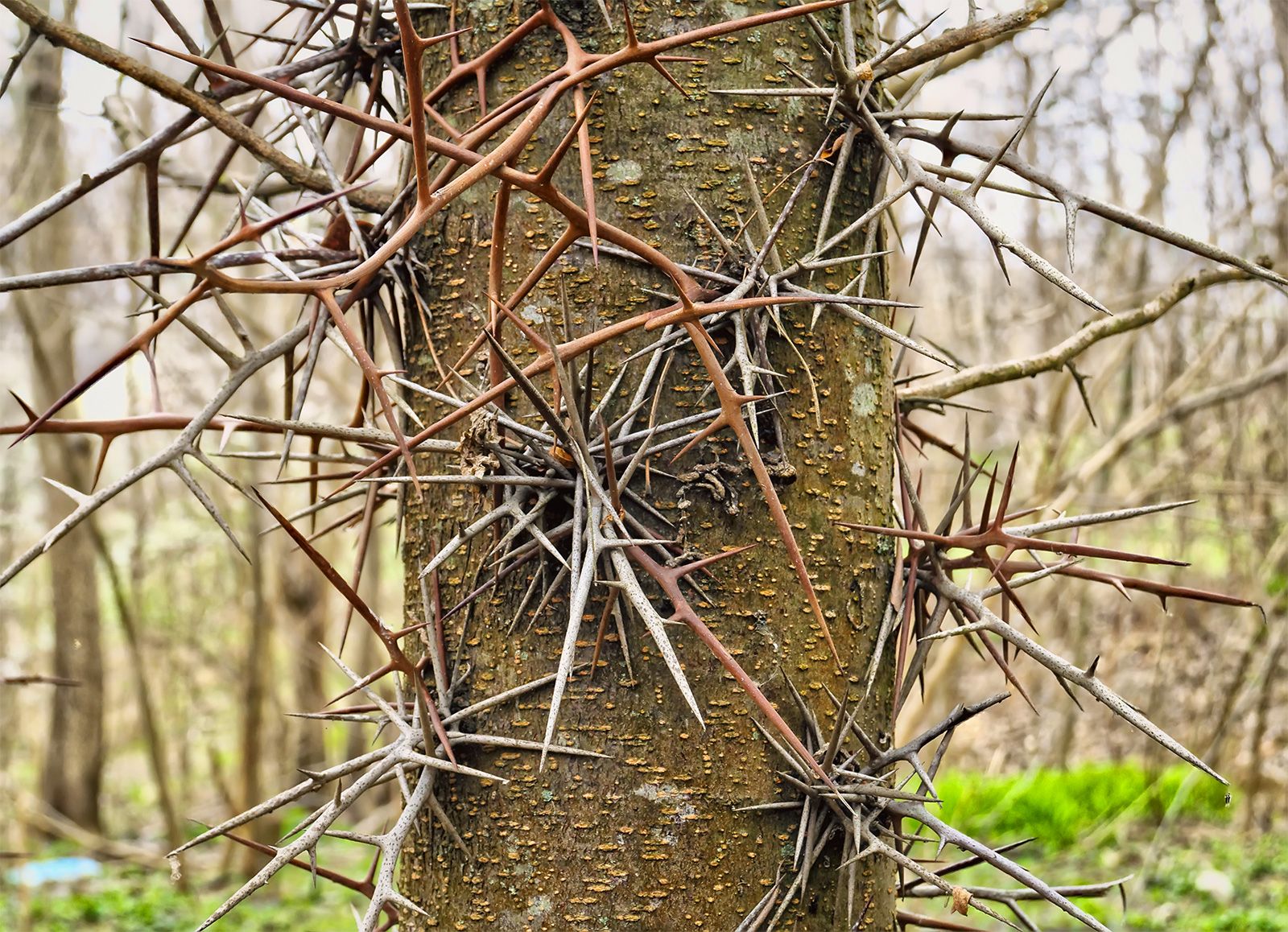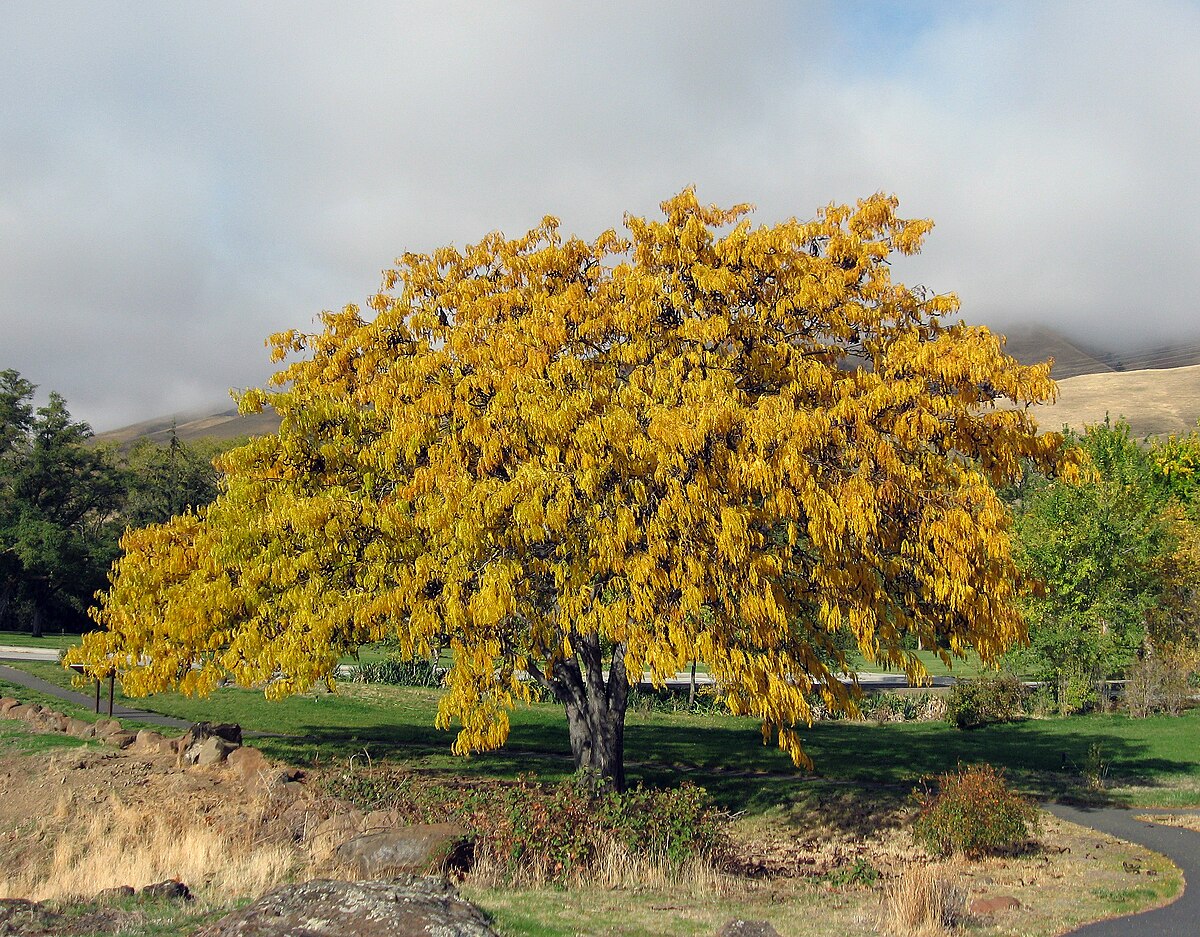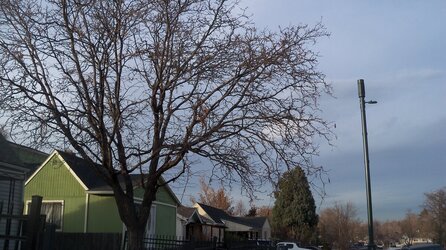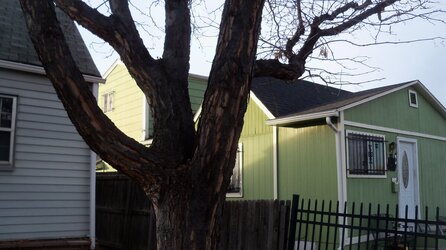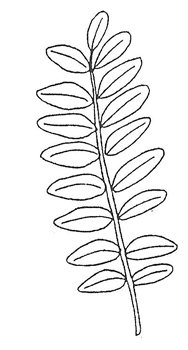Well I finally figured out what the elm in my area, Southern Idaho, is.
Non-native, Siberian elm has established itself in the dry arid inland mid & western US. Moreover, it can also out compete other species in other areas, too. Nevada, Idaho, Wyoming, Kansas, Missouri, New Mexico, Arizona, Colorado, Nebraska, Washington, Minnesota, Utah, and Oregon (and more). And, the toughest Elm is? Siberian Elm.
Siberian Elm can tolerate extremes of cold and heat, and also low water areas that would kill other trees. It doesn't grow as large as other elms. And it grows without a true center so there can be several trunks. Ok it is here, is it any good for firewood?
As Elm goes - a mid-range firewood - it is just a little lower BTU rating than red/slippery elm, the best elm firewood. So it is in the 20-22 BTU range. It hybrizes with other elms and is resistant to Dutch Elm disease, too.
Non-native, Siberian elm has established itself in the dry arid inland mid & western US. Moreover, it can also out compete other species in other areas, too. Nevada, Idaho, Wyoming, Kansas, Missouri, New Mexico, Arizona, Colorado, Nebraska, Washington, Minnesota, Utah, and Oregon (and more). And, the toughest Elm is? Siberian Elm.
Siberian Elm can tolerate extremes of cold and heat, and also low water areas that would kill other trees. It doesn't grow as large as other elms. And it grows without a true center so there can be several trunks. Ok it is here, is it any good for firewood?
As Elm goes - a mid-range firewood - it is just a little lower BTU rating than red/slippery elm, the best elm firewood. So it is in the 20-22 BTU range. It hybrizes with other elms and is resistant to Dutch Elm disease, too.
Last edited:


 I'll take a few cords.
I'll take a few cords.
